#Bernard Hiller
Explore tagged Tumblr posts
Photo
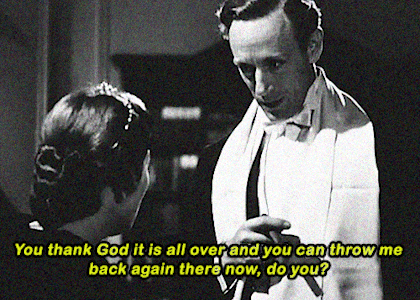

LESLIE HOWARD and WENDY HILLER in PYGMALION (1938) | dir. Anthony Asquith, Leslie Howard
#1930's cinema#1930's#1938#pygmalion#leslie howard#wendy hiller#anthony asquith#bernard shaw#My Fair Lady#filmblr#british cinema#classicfilmsource#dailyflicks#perioddramaedit#perioddramasource#period drama#adaptationsdaily#professor henry higgins#henry higgins#eliza doolittle#flower seller#uk cinema#film#romancegifs#classic cinema
91 notes
·
View notes
Text

Leslie Howard as Professor Henry Higgins, and Wendy Hiller (1912–2003) as Eliza Doolittle
Film: Pygmalion (1938)
Based on the 1913 George Bernard Shaw play of the same name, and adapted by him for the screen.
29 notes
·
View notes
Text
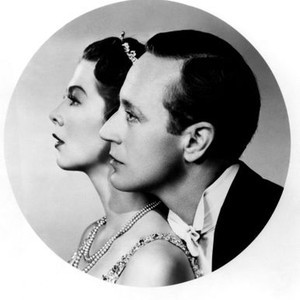
Pygmalion (1938)
Wendy Hiller and Leslie Howard
9 notes
·
View notes
Text

Bernard Shaws berühmte Gesellschaftskomödie über den phonetisch versierten aber benimmtechnisch unbeholfenenen Sprachprofessor, der sich wie Pygmalion in seine Statue in sein Geschöpf verliebt, ist mit "from City Streets to society glamour girl" eigentlich nicht richtig gut beschreiben. Es ist desungeachtet unglaublich clever, witzig und entzückend und -wie soll ich sagen?- man könnte prima ein Musical draus machen.
#Pygmalion#Wendy Hiller#Leslie Howard#Wilfried Lawson#Scott Sunderland#Marie Lohr#Film gesehen#Anthony Asquist#Bernard Shaw
5 notes
·
View notes
Text

Bad movie I have Beowulf 2007
#Beowulf#Ray Winstone#Robin Wright#Anthony Hopkins#Paul Baker#John Bilezikjian#Rod D. Harbour#Brice Martin#Sonje Fortag#Sharisse Baker-Bernard#Charlotte Salt#Julene Renee#Greg Ellis#Rik Young#Sebastian Roché#Leslie Zemeckis#John Malkovich#Woody Schultz#Tyler Steelman#Nick Jameson#Crispin Glover#Brendan Gleeson#Shay Duffin#Costas Mandylor#Chris Coppola#Angelina Jolie#Dominic Keating#Jacquie Barnbrook#Fredrik Hiller#Alison Lohman
5 notes
·
View notes
Text
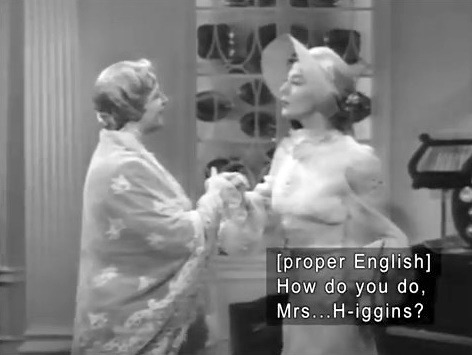
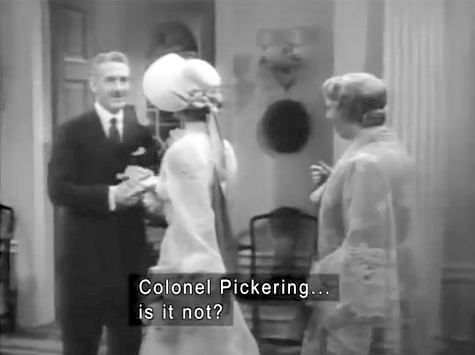
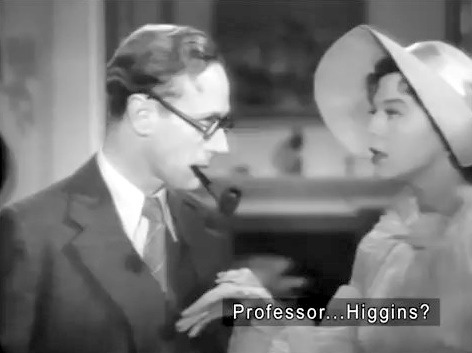
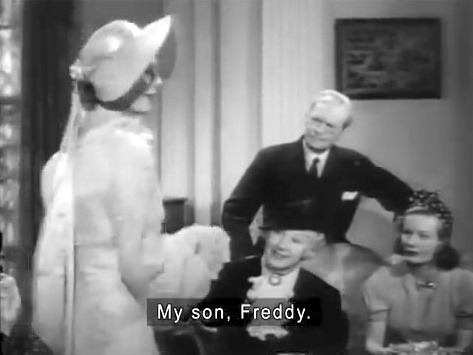
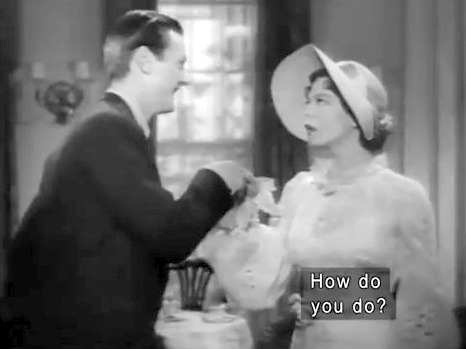
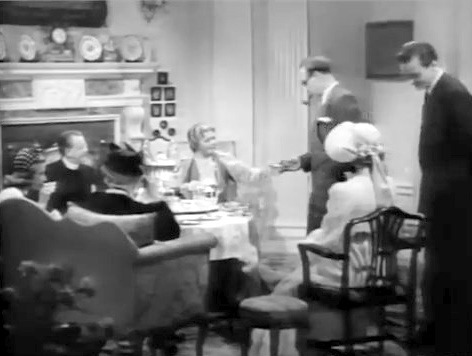
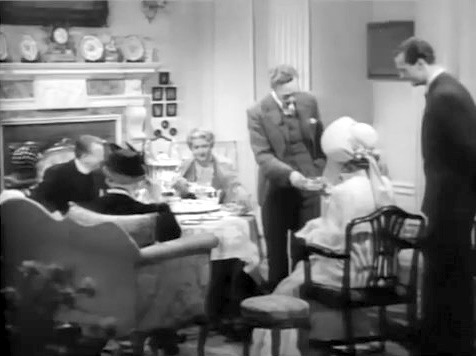
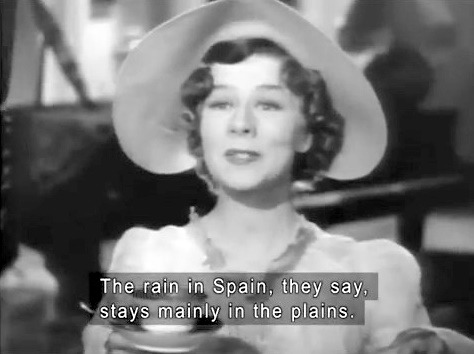
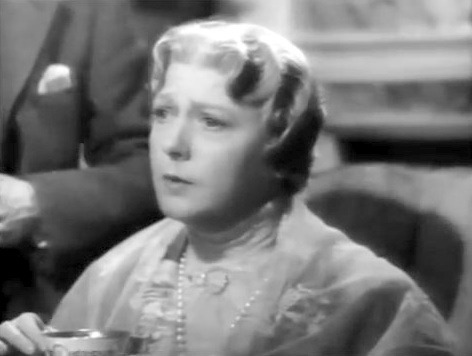
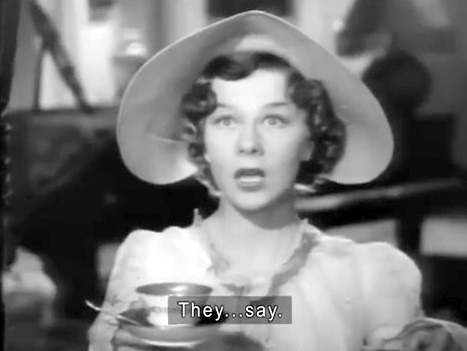

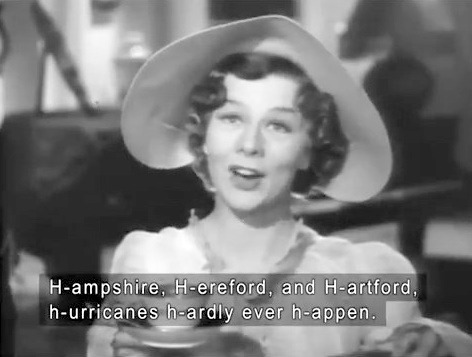
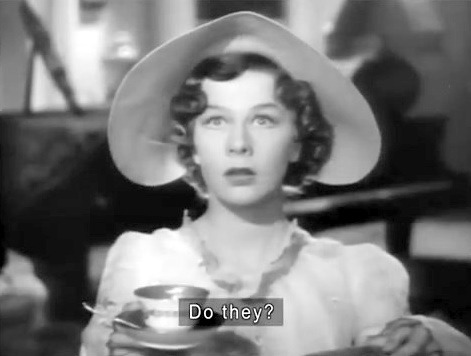
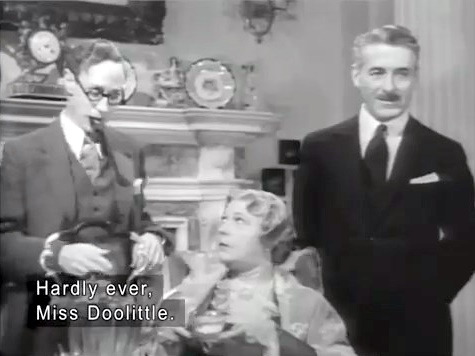
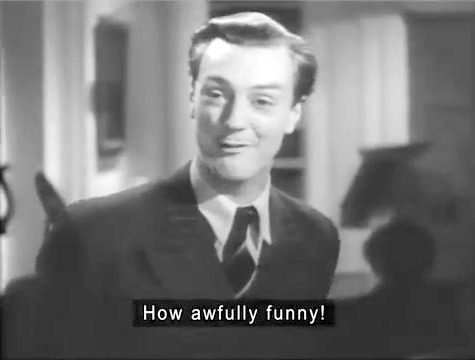
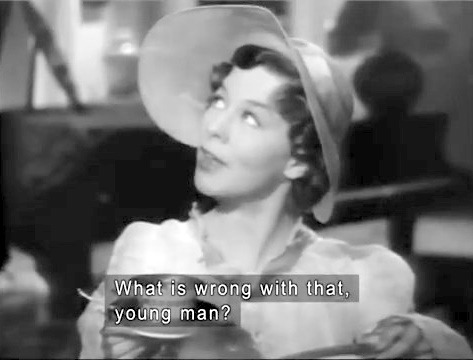
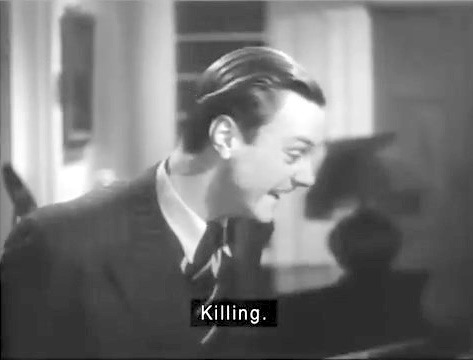
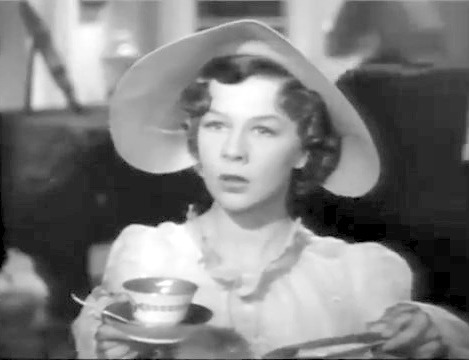
pygmalion, anthony asquith leslie howard, 1938
#pygmalion#leslie howard#anthony asquith#bernard shaw#1938#eliza doolittle#wendy hiller#my fair lady#she-wolf of london#die schwedische nachtigall
2 notes
·
View notes
Text

Pygmalion (Пигмалион)
Перша і (як багато хто вважає) найкраща екранізація п'єси Бернарда Шоу "Пігмаліон".
Лінгвіст Хенрі Хіггінс на суперечку пообіцяв зробити за три місяці леді з малогра��отної квіткарки Елізи Дулітл, "ходячої образи англійської мови".
Еліза хоче вчитися, щоби працювати продавщицею в квітковому магазині. А туди беруть лише тих, хто правильно каже.
Лінгвіст і полковник беруться зробити з малограмотної обірванки справжню леді.
Це великий фільм із чудовими акторами. Багато хто вважає, що це найкраща роль Леслі Ховарда
Звичайно, "Моя прекрасна леді" - один із моїх улюблених фільмів (через Одрі Хепберн). Але об'єктивно ця картина краща.
Бернард Шоу пишався цією екранізацією своєї п'єси, і всіляко підкреслював "британськість фільму", відсутність голівудщини.
0 notes
Text
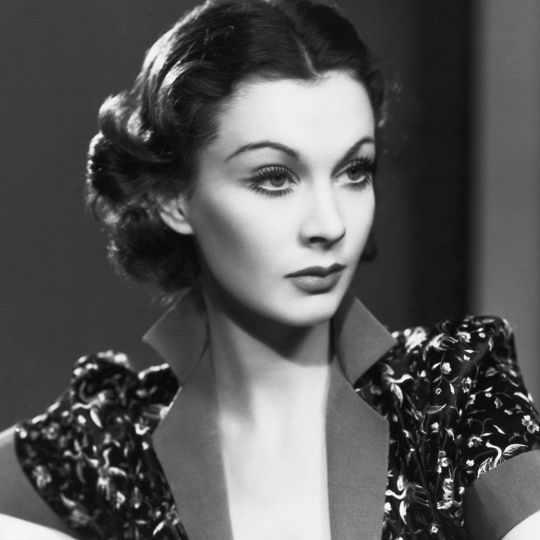

Propaganda
Vivien Leigh (Gone with the Wind, A Streetcar Named Desire)—Leigh is exceptionally beautiful. To quote Garson Kanin, Leigh was "a stunner whose ravishing beauty often tended to obscure her staggering achievements as an actress. Great beauties are infrequently great actresses—simply because they don't need to be. Vivien was different; ambitious, persevering, serious, often inspired." She was an actor's actor, one of those big old-school theatre dames, full of drama and temper.
Wendy Hiller (Pygmalion, I Know Where I'm Going)—Wendy Hiller didn't make that many movies but when she starred in one she was So.Good. she usually walked away with the film. One of the best actresses in the classic talkies era period (1930s-1950s) she was nominated for three Academy Awards and won one (for Separate Tables). In my opinion she was the best Eliza Doolittle of all time when she played the part in Pygmalion and she was one of George Bernard Shaw's favorite actresses (see also Major Barbara). She had an earthy beauty and she made all her characters feel incredibly real.
This is round 1 of the tournament. All other polls in this bracket can be found here. Please reblog with further support of your beloved hot sexy vintage woman.
[additional propaganda submitted under the cut.]
Wendy Hiller propaganda:
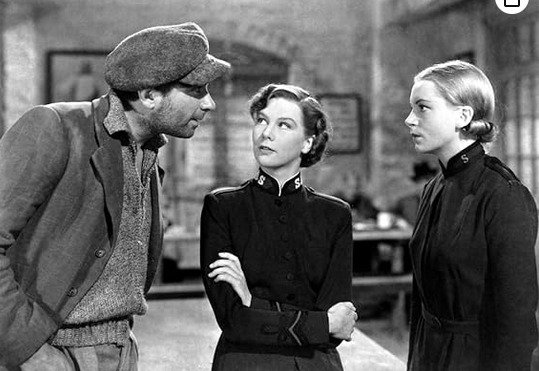
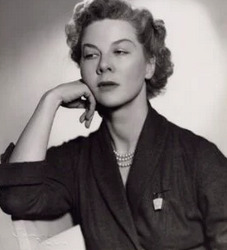
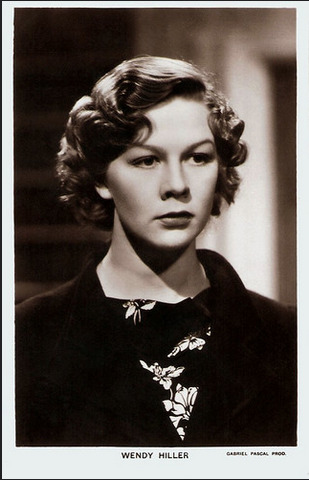
"She has a beautiful, sculptural head, and she is so expressive! Her leading role in Powell and Pressburger's "I Know Where I'm Going," as a woman discovering what she really wants, not what she thinks she should want, is superb."
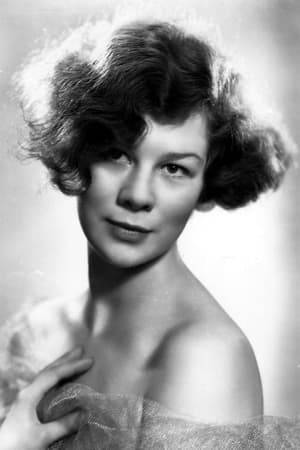
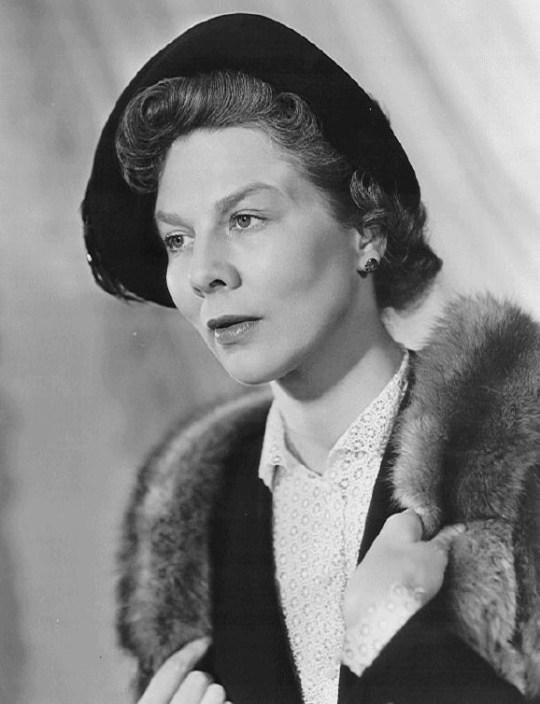
Vivien Leigh propaganda:

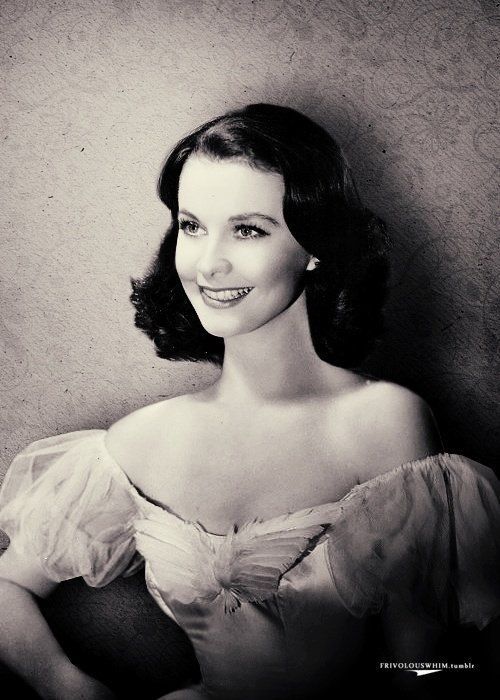
"I submit this gifset--help she is so beautiful and tragic"
"Extremely versatile, absolutely beautiful features and a wonderful resting bitch face if needed."
"She has such a range of character types that she could fit any favorite type of woman. And have you seen her in the Red Dress? with her cocked eyebrow???"
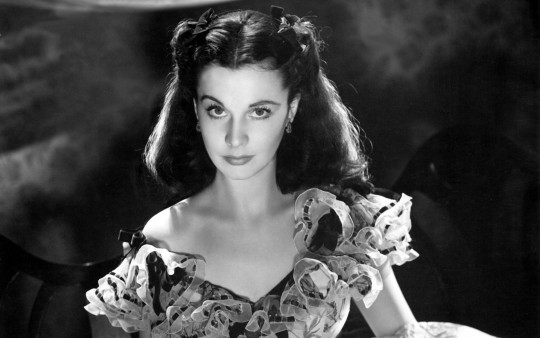
[Linked GwtW gifset]
"She played one of the most famously unlikable characters in cinema history and knocked it out of the park."
"Vivien Leigh vs every established and wannabe actress on Earth- grand slam winner for Scarlett O'Hara and won the oscar. Ultimate power couple with hottie finalist Laurence Olivier. I am just on my knees for that arched eyebrow and smouldering look."
"She’s just mmm the PASSION behind her performances is palpable, she’s so beautiful and elegant and amazing and yeah"
"look at her. im a gay man and im in love with her"

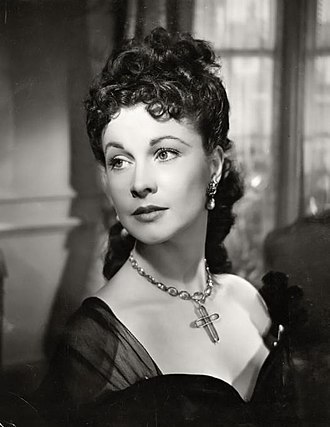
204 notes
·
View notes
Video
PYGMALION (1938) Leslie Howard | Wendy Hiller | Nominated Best Picture
Pygmalion is a 1938 British film based on the 1913 George Bernard Shaw play of the same name, and adapted by him for the screen. It stars Leslie Howard as Professor Henry Higgins and Wendy Hiller as Eliza Doolittle. The film was a financial and critical success, and won an Oscar for Best Screenplay and three more nominations: Best Picture, Best Actor (Howard), and Best Actress (Hiller). The screenplay later was adapted into the 1956 theatrical musical My Fair Lady, which in turn led to the 1964 film of the same name. Never Miss An Upload, Join the channel. https://www.youtube.com/@nrpsmovieclassics
0 notes
Text
youtube

#brian may#queen#queen band#brian harold may#dr brian may#bri#anita dobson#brian's wife#ig live#with friend#bernard hiller#video#my stuff#Youtube
13 notes
·
View notes
Photo



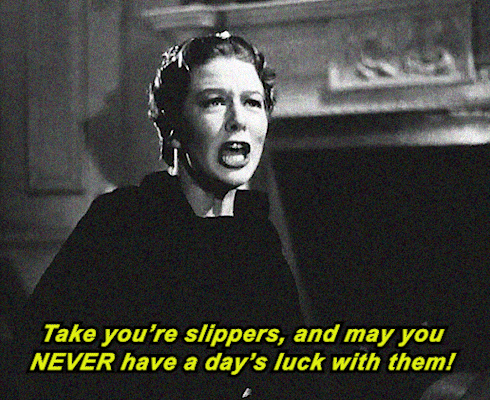
What’s the matter? Anything wrong?
WENDY HILLER and LESLIE HOWARD in BERNARD SHAW’S PYGMALION (1938) | dir. ANTHONY ASQUITH
#pygmalion#bernard shaw#my fair lady#classic film source#filmgifs#british cinema#filmblr#classicfilmblr#classicfilmedit#leslie howard#wendy hiller#1930's cinema#circa 1938#1938 films#professor henry higgins#eliza doolittle#henry x eliza#period drama#drama edit
169 notes
·
View notes
Text
Scenes from the ILBE Gala Red Carpet in Beverly Hills
A bevy of stars descended upon Beverly Hill’s high-end Tatel restaurant for the ILBE Gala on a lively last Thursday night: organized by Dynamita Productions in association with Iervolino and Lady Bacardi Entertainment, the party celebrated the newly released movies The Ritual Killer, the Oscar-nominated Tell It Like a Woman, and Lamborghini: The Man Behind The Legend. (more…) “”

View On WordPress
#Academy Awards#Ana Menendez#Bernard Hiller#Dynamita Productions#Esha Gupta#Iervolino#ILBE Gala#Interview#Julia Creus#Lady Bacardi Entertainment#Lamborghini: The Man Behind The Legend#NFL#Oscars#red carpet#Tell It Like a Woman#The Ritual Killer#Vernon Davis#YouTube
0 notes
Photo


Major Barbara(1941)
#film#theatre#major barbara#1941#robert morley#wendy hiller#gabriel pascal#david lean#harold french#ronald neame#george bernard shaw#40s#vintage#...
11 notes
·
View notes
Video
youtube
Another reminder that, while I do like My Fair Lady, I consider Wendy Hiller to be a vastly superior Eliza Doolittle when she played her in 1938′s Pygmalion. Just try to take your eyes off of her as she at last realizes her true worth. An utter powerhouse.
35 notes
·
View notes
Photo

Pygmalion https://bit.ly/3TPprUr Pygmalion was the name of a mythological sculptor who made a statue so beautiful that he begged the gods to bring it to life. Which they did. He called it Galatea. The myth has been worked and reworked over the millennia and still has purchase – Trading Places is a version of the basic idea, so is Damien Chazelle’s breakthrough film Whiplash. In all the best updates there’s a conversation going on in the subtext about appropriate behaviour. When does tough love become abuse? When should the sculptor accept that “his” creation now has a life of its own? It’s all here in this film version from 1938, an adaptation of George Bernard … Read more
1 note
·
View note
Text
Every time I see another tik tok calling Finn’s acting in season 3 or 4 bad I literally lose a year off my life oh my god 😭😭
The dude was “analyzing” the acting for the Milkvan breakup in s3 and he said Finn was “over-acting” ??? HELP????
Yes, apparently he’s an acting coach, but I’m a theater student and I can say bro doesn’t know shit 😭 he was trying to talk abt how to avoid “anticipating the scene” so that the acting looks more natural but that’s literally wrong lol it’s more complex than that, and he could’ve used an actual example of an actor doing this instead of Finn literally playing his character properly 😑
I’ll just put the video bc I rlly don’t feel like quoting it since it was so dumb but let’s slander this dude together bc omfg 💀🖐🏻
There are even some comments that are like “I liked his acting in s1 when it was more vibrant” GURL ITS BC MIKES CHARACTER EVOLVED. FINN IS LITERALLY PORTRAYING MIKES CHARACTER DEVELOPMENT. STFU.
73 notes
·
View notes